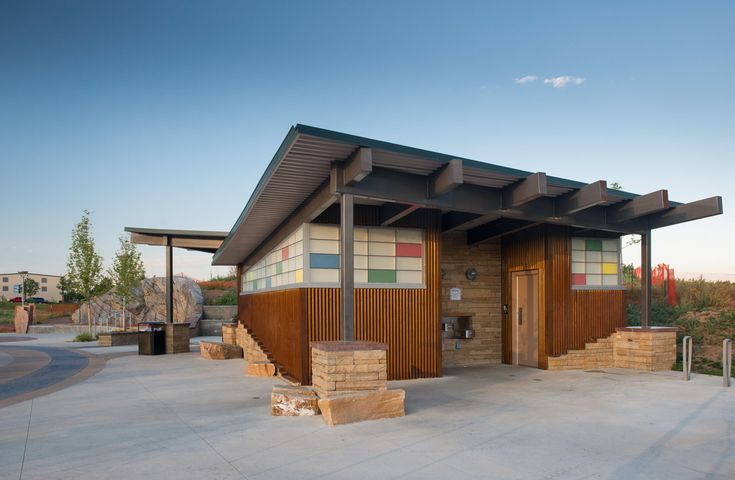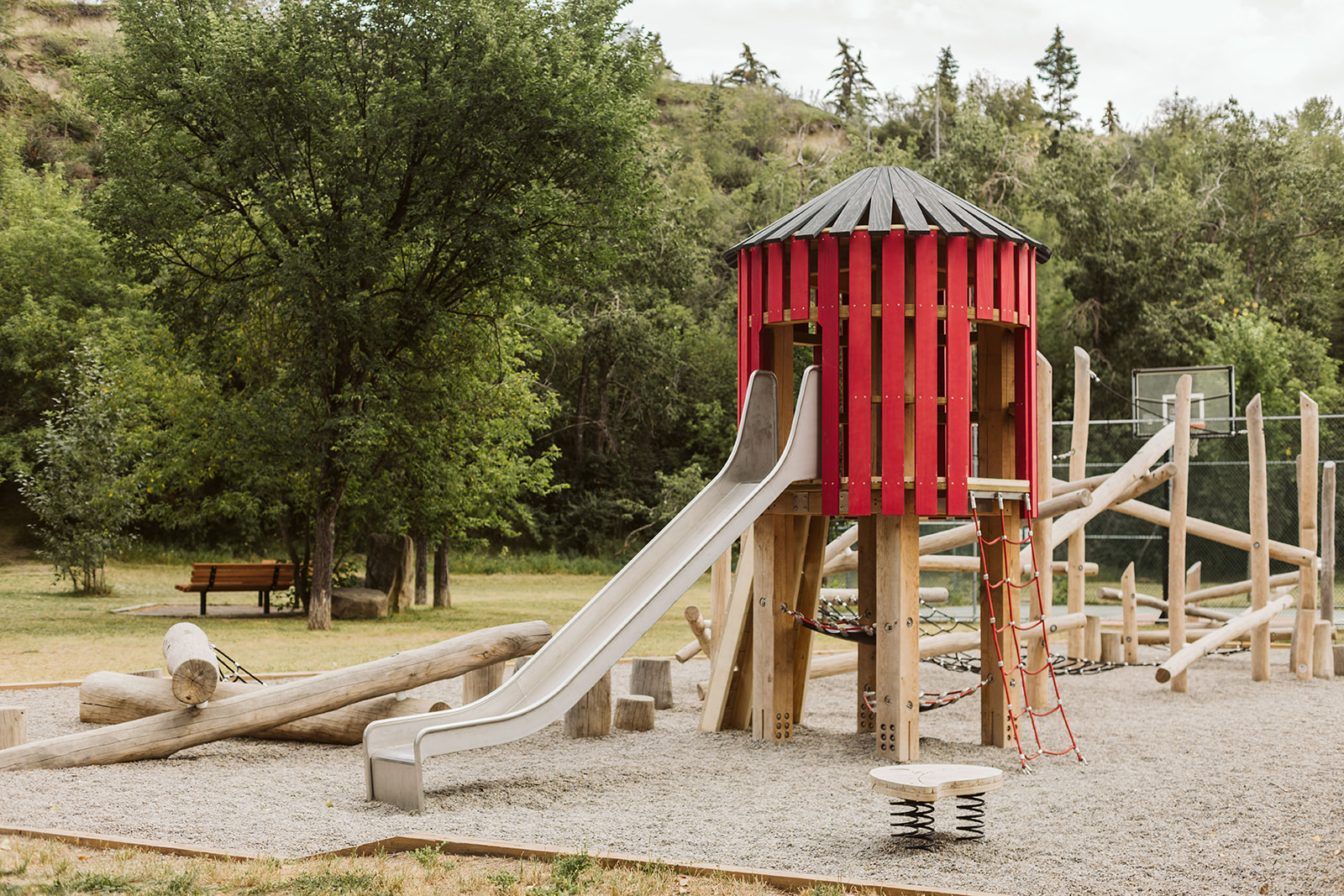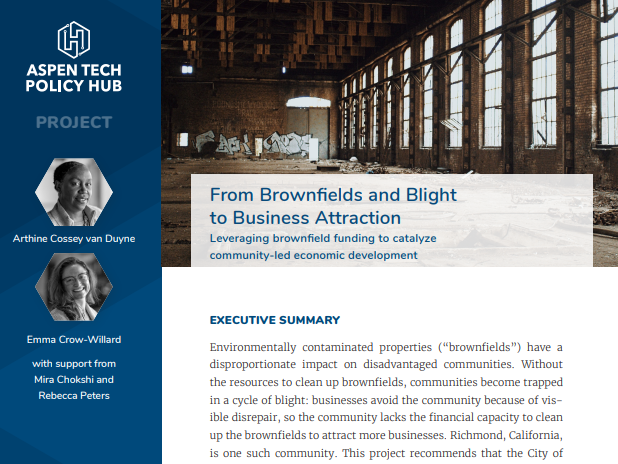Brownfield Sports Complex: Revitalizing Urban Recreation Spaces

Urban spaces are evolving, and with them, the need for revitalized recreational areas has never been more critical. The Brownfield Sports Complex stands as a testament to how abandoned or underutilized lands can be transformed into thriving hubs for community engagement and physical activity. By repurposing brownfield sites, cities are not only addressing environmental concerns but also creating spaces that promote health, wellness, and social interaction. This initiative is a win-win for urban development and community well-being, making it a topic of interest for both urban planners and recreation enthusiasts.
Why Brownfield Sites Are Ideal for Sports Complexes

Brownfield sites, often associated with industrial or commercial use, are prime candidates for redevelopment into sports complexes. These areas are typically centrally located, making them accessible to a large population. By converting these spaces, cities can:
- Reduce urban sprawl by utilizing existing land.
- Promote environmental cleanup by addressing contamination.
- Enhance community engagement by providing recreational opportunities.
📌 Note: Brownfield redevelopment often qualifies for grants and incentives, making it a cost-effective option for cities.
Key Features of the Brownfield Sports Complex

The Brownfield Sports Complex is designed to cater to diverse recreational needs, blending functionality with sustainability. Key features include:
- Multi-sport facilities: Basketball courts, soccer fields, and tennis courts.
- Green spaces: Parks and walking trails for passive recreation.
- Community amenities: Playgrounds, picnic areas, and fitness stations.
| Feature | Benefit |
|---|---|
| Multi-sport facilities | Encourages physical activity for all ages. |
| Green spaces | Improves air quality and mental well-being. |
| Community amenities | Fosters social interaction and community bonding. |

The Impact on Urban Communities

Revitalizing brownfield sites into sports complexes has far-reaching benefits. These spaces become community focal points, encouraging healthy lifestyles and reducing crime rates. Additionally, they boost local economies by attracting visitors and creating job opportunities. For commercial-intent visitors, investing in or partnering with such projects offers a unique opportunity to contribute to sustainable urban development while gaining visibility.
Steps to Revitalize a Brownfield Site

Transforming a brownfield into a sports complex requires careful planning and execution. Here’s a checklist to guide the process:
- Conduct a site assessment to identify contamination levels.
- Secure funding through grants, public-private partnerships, or investments.
- Engage the community for input on design and amenities.
- Implement sustainable practices, such as using recycled materials and renewable energy.
Final Thoughts

The Brownfield Sports Complex is more than just a recreational space; it’s a symbol of urban renewal and community empowerment. By repurposing underutilized lands, cities can create vibrant, sustainable environments that benefit everyone. Whether you’re an urban planner, investor, or community member, this initiative offers a blueprint for transforming neglected spaces into thriving hubs of activity.
What is a brownfield site?
+A brownfield site is abandoned or underutilized land that was previously used for industrial or commercial purposes and may be contaminated.
How does a sports complex benefit the community?
+Sports complexes promote physical health, social interaction, and community engagement while reducing crime rates and boosting local economies.
What funding options are available for brownfield redevelopment?
+Funding can come from grants, public-private partnerships, or private investments, often supported by government incentives for sustainable projects.
urban redevelopment,community engagement,sustainable urban planning,recreational spaces,brownfield transformation


